The national "waste free city" pilot project has officially started construction
Release time:
2019-05-17
The pilot construction of a "waste free city" that can bring significant environmental, economic, and social benefits was announced in Shenzhen today (13th) afternoon.
Shenzhen, Baotou, and Xiong'an New Area in Hebei will take the lead in exploring the way, forming a replicable and promotable construction model for the nationwide promotion of "waste free cities".
The reporter from First Financial learned at the launch site that the pilot project is led by the Ministry of Ecology and Environment, with 18 units including the Development and Reform Commission, the Ministry of Industry and Information Technology, the Ministry of Finance, the Ministry of Natural Resources, and the pilot cities participating together.
In January of this year, the General Office of the State Council issued the "Pilot Work Plan for the Construction of" Waste free Cities "(hereinafter referred to as the" Plan "). The plan proposes to select around 10 cities with conditions, foundation, and appropriate scale nationwide, and carry out pilot projects for the construction of "waste free cities" throughout the city. By 2020, the system will establish a "waste free city" construction indicator system, explore the establishment of a comprehensive management system and technical system for "waste free city" construction, and form a batch of replicable and promotable "waste free city" construction demonstration models.
Trillion market opening
Qiu Qiwen, Director of the Office of the Inter-ministerial Coordination Group for the Construction of "Waste free Cities" and Director of the Solid State Department of the Ministry of Ecology and Environment, introduced that the Ministry of Ecology and Environment, together with relevant departments, has recently selected 11 cities as pilot cities for the construction of "waste free cities", including Shenzhen City in Guangdong Province, Baotou City in Inner Mongolia Autonomous Region, Tongling City in Anhui Province, Weihai City in Shandong Province, Chongqing City (main urban area), Shaoxing City in Zhejiang Province, Sanya City in Hainan Province Xuchang City, Henan Province, Xuzhou City, Jiangsu Province, Panjin City, Liaoning Province, and Xining City, Qinghai Province.
In addition, in order to better serve the national major development strategy and the construction of the National Ecological Civilization Pilot Zone, Hebei Xiong'an New Area (representative of the new area), Beijing Economic and Technological Development Zone (representative of the development zone), China Singapore Tianjin Ecological City (representative of international cooperation), Guangze County (county-level representative) in Fujian Province, and Ruijin City (county-level city representative) in Jiangxi Province will be promoted as special cases, referring to the pilot construction of "waste free cities".
A 'waste free city' does not mean that there is no generation of solid waste, nor does it mean that solid waste can be fully resourced and utilized. It is an advanced urban management concept aimed at ultimately achieving the goals of minimizing the generation of solid waste, fully utilizing resources, and ensuring safe disposal in the entire city. It requires long-term exploration and practice.
Du Xiangwan, chairman of the "waste free city" construction expert committee and academician of the CAE Member, introduced at the kick-off meeting that at present, the accumulated stock of various solid wastes in China is about 60-70 billion tons, with an annual output of nearly 10 billion tons, which is growing year by year.
Such a huge accumulation and annual production of solid waste, if not properly treated and utilized, will cause serious pollution to the environment, cause great waste of resources, and have a negative impact on society, "said Du Xiangwan.
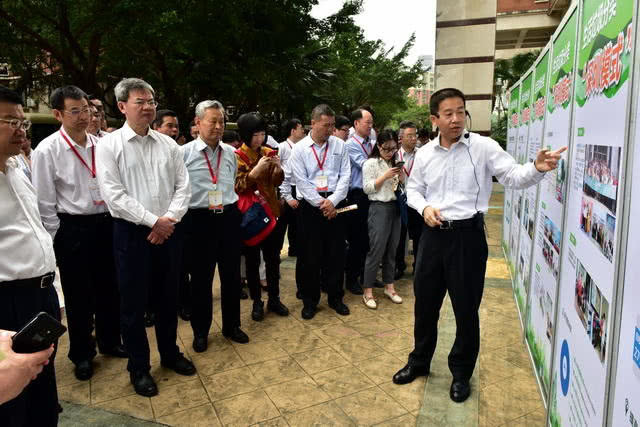
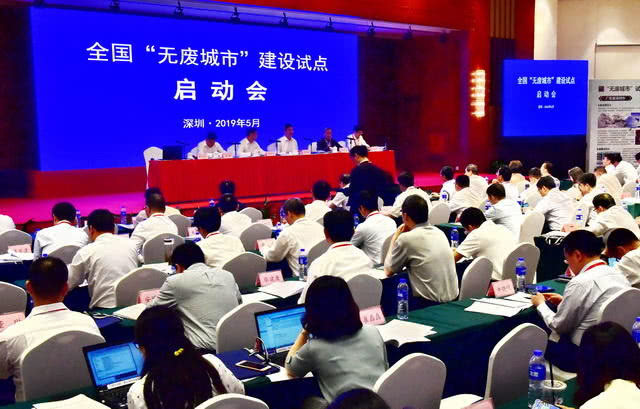
In 2017, academicians Du Xiangwan, Liu Xu, Qian Yi, Chen Yong, Hao Jiming, Tang Xiaoyan, Hou Lian, He Kebin, and others jointly submitted a proposal for promoting the utilization of solid waste resources and building a "waste free society" through the "waste free city" pilot project, which received approval from senior leaders.
Du Xiangwan stated that currently, China has a certain foundation for carrying out pilot projects for the construction of "waste free cities". The construction of a "waste free city" can promote the construction of a new development pattern of win-win cooperation and collaborative governance among the government, enterprises, and society.
At present, there are a total of 20 A-share listed companies in China that account for over 20% of their solid waste treatment business revenue. Some institutions predict that the construction of a "waste free city" is actually linked to a market space of 7 trillion yuan.
Taking construction waste as an example, a research report from "Solid Waste Observation" states that according to market calculations, the volume of China's construction waste treatment market in 2017 exceeded 80 billion yuan, doubling from 40 billion yuan in 2010, and the average growth rate in 8 years exceeded 10%. If the current growth rate is maintained, the scale of China's construction waste treatment market can easily exceed the 100 billion yuan mark by 2020.
Finalization of indicator system
According to a reporter from First Financial, after the introduction of the above-mentioned "Plan", more than 60 cities are vying for "tickets" to pilot cities. So, what kind of city can be considered a "waste free city" in the future?
According to the "Indicator System for the Construction of" Waste free Cities "(Trial)" (hereinafter referred to as the "Indicator System") released by the Ministry of Ecology and Environment today, "waste free cities" should focus on the reduction and resource utilization of solid waste, and meet the standards in five aspects: solid waste source reduction, resource utilization, final disposal, guarantee capacity, and public access.
According to experts from the Ministry of Ecology and Environment, the "Indicator System" consists of primary indicators, secondary indicators, and tertiary indicators, with 5 primary indicators, 18 secondary indicators, and 59 tertiary indicators.
The intensity of industrial solid waste generation is involved; The proportion of industrial enterprises implementing clean production; The number of industrial parks carrying out ecological industrial park construction and recycling transformation; Daily production of household waste per capita; Comprehensive utilization rate of general industrial solid waste; Comprehensive utilization rate of construction waste; Domestic waste recycling and utilization rate; The recovery rate of recyclable resources in medical and health institutions; Safe disposal volume of industrial hazardous waste; Storage and disposal volume of general industrial solid waste; Landfill volume of household waste; Popularization rate of rural sanitary toilets.
In addition, specific indicators also include the formulation of local regulations or policy documents for the construction of "waste free cities"; The effectiveness of the construction of "waste free cities" is included in the assessment of political performance; Number of backbone enterprises for solid waste recycling and disposal; The proportion of industrial added value of resource recycling industry to regional GDP; Demonstration of domestic waste reduction and resource utilization technology; Number of criminal cases of solid waste environmental pollution discovered, disposed of, and solved; The satisfaction level of the public with the effectiveness of the construction of a "waste free city".
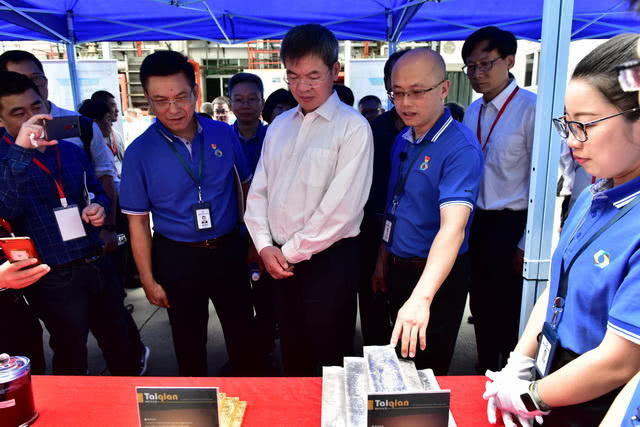
Shenzhen will quickly introduce local regulations such as the "Environmental Regulations on the Prevention and Control of Solid Waste Pollution". Let enterprises take the "first step" of solid waste pollution prevention and control. Develop industry standards and technical indicators for solid waste management and pollution prevention and control. "Liu Chuhan, Director of the Shenzhen Ecological Environment Bureau, said that Shenzhen will also use advanced technologies such as big data, cloud computing, and artificial intelligence to build a citywide smart environmental protection control platform, Conduct full coverage, full process, and dynamic supervision of pollutants such as solid waste.
Wen Rujun, Deputy Director of the Chongqing Ecological Environment Bureau, also stated that Chongqing will make efforts in planning and leading. Explore the organic integration of the pilot construction of "waste free cities" with urban and rural economic and social development planning, as well as with urban construction and management. And promote the improvement of local legislation on industrial source reduction, waste classification, and solid waste management. We will develop a "waste based production" and "use based production" system for key waste industry enterprises, which will force industry enterprises to undergo green transformation.
Zhuang Guotai, Deputy Leader of the Inter-ministerial Coordination Group for the Pilot Construction of "Waste free Cities" and Deputy Minister of the Ministry of Ecology and Environment, stated at the launch ceremony that carrying out the pilot construction of "waste free cities" is a powerful tool to deepen the comprehensive management reform of solid waste from the overall level of the city and promote the construction of a "waste free society". It is an important measure to enhance ecological civilization and build a beautiful China.
Zhuang Guotai stated that each pilot city should adhere to reform and innovation, boldly explore, seek truth from facts, and scientifically plan. Stimulate the vitality of market entities and cultivate new models of industrial development. By coordinating solid waste management in economic and social development, exploring institutional, technological, market, and regulatory systems towards a "waste free city", systematically summarizing pilot experience, and forming replicable and promotable construction models.
According to the timetable determined in the "Plan", in the first half of 2019, the pilot city government issued an implementation plan and organized the pilot project. By the end of March 2021, the pilot city government will evaluate and summarize the overall situation, main practices and effectiveness, existing problems and suggestions of the pilot project in the local area, and form a report for submission.
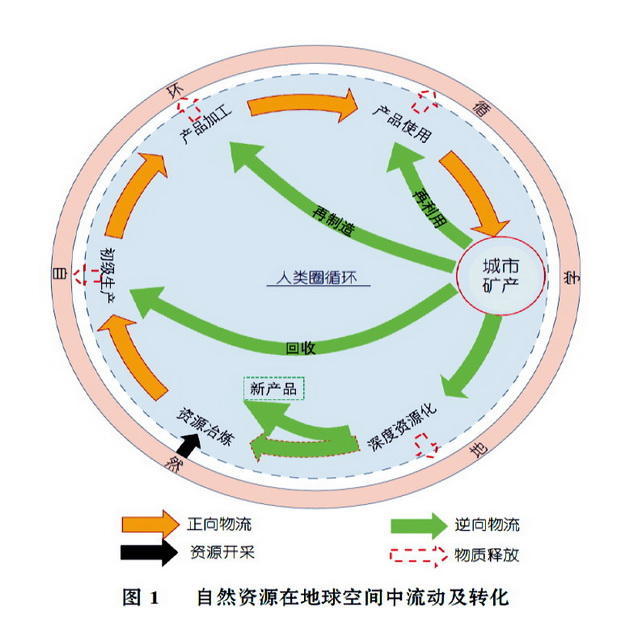
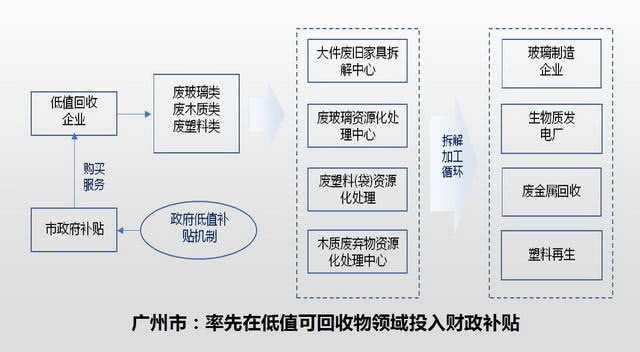
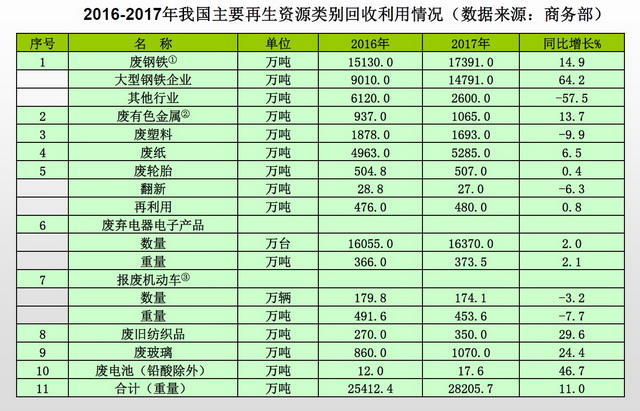
Previous page: None
Next page: The seductive road on the eve of dawn - the next five years
Related Cases



 No. 42050202000596
No. 42050202000596
